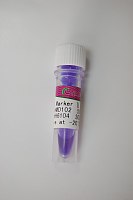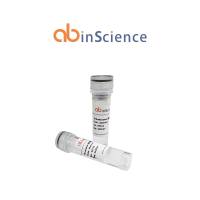Isolating Mutants of the Nematode Caenorhabditis elegans That Are Hypersensitive to DNA-Damaging Agents
互联网
490
The nematode Caenorhabditis elegans has gained widespread popularity for use in addressing many biological problems, particularly those relating to development (for brief topical reviews, see 1 –5 ; for comprehensive treatises, see 6 –10 ). This can be attributed to both inherent properties of the organism as well as the collegiality extant within the “worm community.” With respect to the former, C. elegans is extremely easy to grow in the laboratory (animals are typically propagated on agar-filled Petri dishes seeded with the bacterium Escherichia coli ) and possesses a short generation time (3 d at 20�C). The system is genetically robust, with the availability of thousands of mutants as well as the existence of a physical map whose sequencing (over 82 Mb finished at present) is scheduled for completion in 1999. Developmental studies have been advantaged by the animal’s transparent nature, facilitating complete elucidation of C. elegans’ largely invariant cell lineage.







